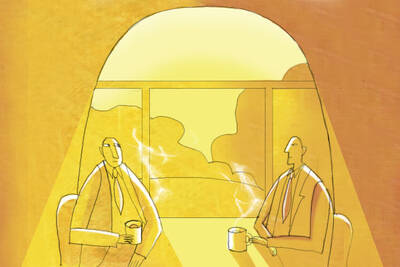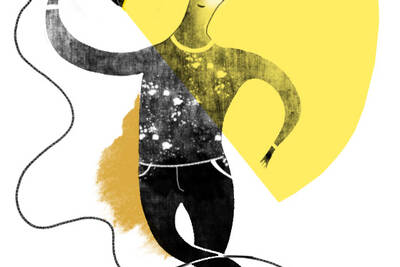Marketing Feb 1, 2013
When Seeing Leads to Buying
Recent research indicates that seeing a new vehicle on the road can help sway some drivers to buy.
When you buy a new song, a particular type of sandal, or the latest personal gadget, your purchase triggers ripples through your social network as others rush to make similar purchases. This is particularly true for products bought on impulse.
But what about a product that represents a major investment? Can social influences from people you do not even know affect something as serious as, say, buying a new car? These were the questions that Blakeley McShane, an assistant professor of marketing at the Kellogg School of Management, and his colleagues Eric T. Bradlow and Jonah Berger at the Wharton School of the University of Pennsylvania sought to answer in a recent paper that examines the relationship between the number of new cars on the road in a given area and subsequent car purchases.
The first source of social influence one might consider is word-of-mouth: friends telling friends about their new car. But car purchases are relatively rare. One may, however, see hundreds of new cars a month: convertibles, pickups, sedans, and SUVS passing before one’s eyes in a stream of gleaming metal.
Measuring Visual Influence
To determine whether this visual influence could be prompting people to buy cars, McShane and his colleagues started with a database of 1.6 million car sales and leases made over the course of nine years in 1,000 zip codes across the country. Running a few numbers showed that in areas where more cars had been bought in the past month, more cars were also being bought a month later. In order to determine whether this trend had to do with visual influence—and not, say, with how much money people made in those zip codes or the presence of a sale—they dug deeper.
The authors reasoned that if visual influence were at play, only the cars seen in the immediate vicinity on a regular basis would influence car sales in a county. They examined whether, for a given zip code, vehicle purchases in closer zip codes influence future purchases more than those in distant zip codes.
They organized the zip codes into groups: each zip code was grouped with an adjacent zip code, a zip code 10–30 miles away, one 30–60 miles away, and one more than 100 miles away. (Key demographic information, like income, was kept the same across all zip codes grouped together to control for non-visual effects on car buying.)
Analyzing how much each zip code’s purchases affected its partners, they found that, indeed, the effect of past purchases on future purchases decayed with increasing distance between zip codes. Within the focal zip code, the effect of past purchases on later purchases was large; the effect of cars bought in the adjacent zip code on those bought in the focal zip code was moderate; from the zip code 10–30 miles away, the effect was even smaller; and with the zip codes even farther away—whose inhabitants would almost never be seen in the focal zip code—the effect was not noticeable. This pattern is “at least consistent with visual influence,” McShane says.
Digging Deeper
To make a stronger case, the team looked for other variables that would be consistent with visual influence. For instance, when they saw the amount of variability in the strength of the effect, they checked to see what differed among zip codes. “What could possibly explain the fact that [the effect in] Westchester, NY, is bigger than Washoe, Nevada, which in turn is bigger than Wake, North Carolina?” McShane asks. “It turns out that, among other things, we find that in places where people commute more by car, there’s a greater effect.”
“What could possibly explain the fact that [the effect in] Westchester, NY, is bigger than Washoe, Nevada, which in turn is bigger than Wake, North Carolina?” McShane asks
This makes sense, because more commuters on the road every day means more exposure to cars. And, indeed, according to weather data the team obtained, areas with more sun showed a stronger effect as well. There were no relationships between population size or number of vehicles per household and effect size.
The team also found that there were differential impacts in the effects of car purchases by gender. Building on prior work demonstrating that people from one social group are more likely to avoid products associated with other social groups in product categories relevant to identity, the team hypothesized—and found—that, for example, prior sales to men had a greater visual influence effect than prior sales to women among car categories more strongly associated with men than women (e.g., pickup trucks).
“It doesn’t show that’s it visual. But it shows that it’s consistent with the literature on identity, making it much more likely social influence is at play.”
According to the team’s analyses, for every seven cars that at are sold, another one is sold as a result of local inhabitants seeing the others on the road. That is, there is a spillover effect where direct purchases generate further purchases due to visual influence. These additional purchases, McShane suggests, need to be taken into account when assessing the impact of an advertising campaign: a dealer may be getting more bang for his buck than he thinks.
McShane, Blakeley B., Eric T. Bradlow, and Jonah Berger. 2012. “Visual Influence and Social Groups.” Journal of Marketing Research 49: 854–871. doi: 10.1509/jmr.11.0223


